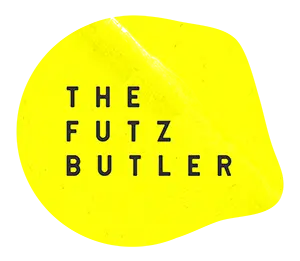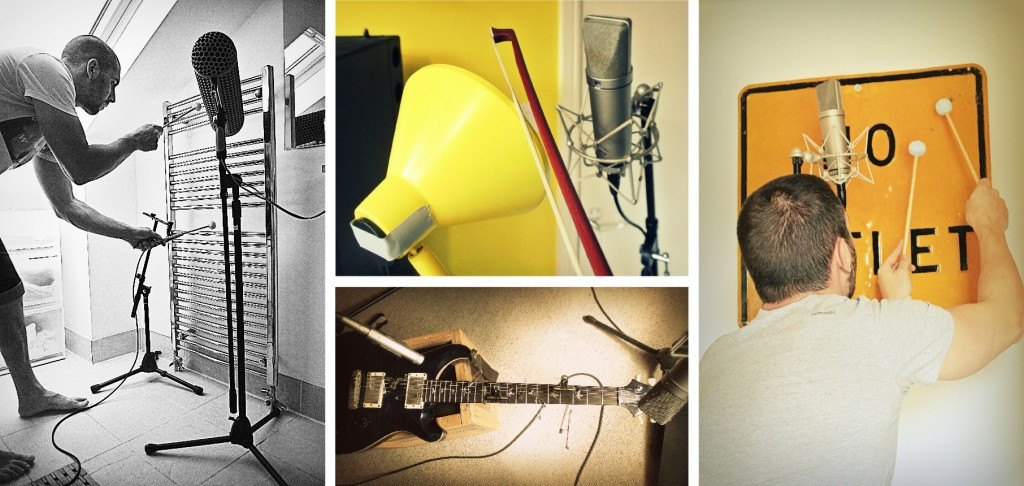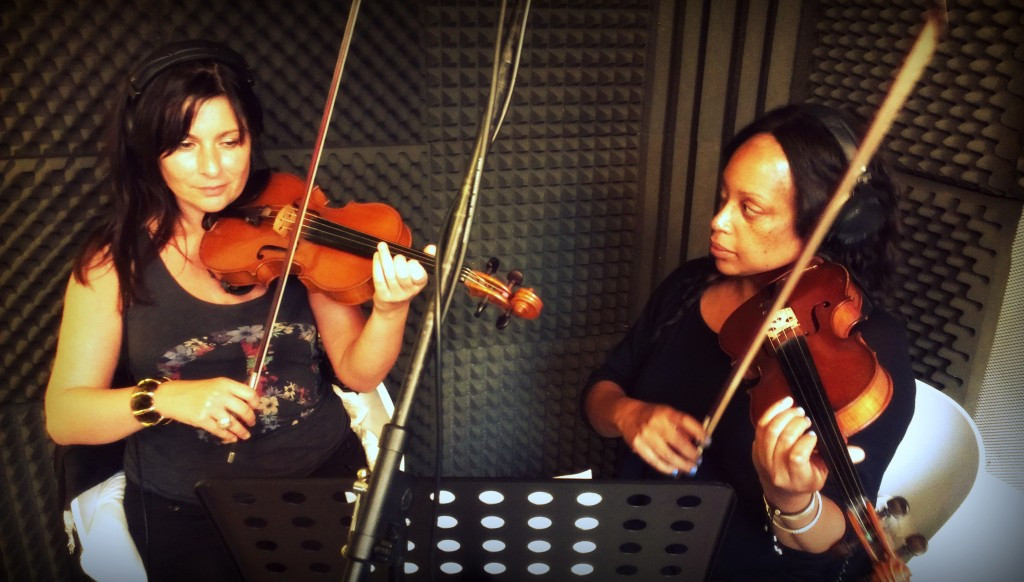Over the past several months, I’ve been largely immersed / consumed working on a score for former-BBC director Matt Cruse’s debut feature, The Watcher Self. The film is a psycho-sexual thriller, following our central character along her journey as she slowly unravels following a mysterious opening scene.
Matt had outlined at the start of the process that he was keen for the score to be a combination of sound-design and music, and this was the main reason he felt I personally would be a good fit, as I have a foot firmly in both camps. We talked at length about where the music could be more abstract and chaotic and more sound-based, and where it perhaps needed to be more musical and melodic.
The project offered itself to be an interesting creative challenge as dialogue is relatively sparse, the pace of the edit similarly poised, and a lot of the scenes filmed in but a handful of reasonably quiet internal locations. As such, a huge amount of narrative (and indeed sonic interest) had to be imparted from the music itself in order for the film plot to develop and also for it not to play perhaps a little flat. Obviously, I was mindful too of ‘over-scoring’ the film, but altogether, I ended up producing a huge score of around 24 cues totalling nearly an hour in length, which is quite a lot for a 90 minute feature.
Owning the Score
One thing I was very keen to bring to the film was the sense that the score, like the film itself, had its own unique sense of identity. With the advent of increasingly polished samples, software and arguably laissez-faire attitudes from a lot of jobbing composers, too often scores sound like generic replications of eachother with the same instrument patches, epic drums sounds or the like cropping up time and time again, regardless of their suitability to the scene or picture.
I wanted to avoid this and following the spotting session with the director I set about building instruments and using unorthodox sounds I’d recorded out in the field that would be completely unique to this picture, thus creating a truly ‘ownable’ score. I talked to Matt about the notion of a ‘sound palette’ : a small collection of sounds or unusual instruments that, along with the actual melodic and rhythmic themes themselves, would create the sound-world that the The Watcher Self would reside in.
Building New Sounds
I very much take the approach that there is music, or at least performable sound, in virtually everything, and as such, working closely with a director who allows you this time and exploration luxury, does mean the world very much becomes your sonic playground. Matt was especially open and excited about the kind of unusual sounds I suggested bringing to the film and allowed me as a composer almost total creative freedom to experiment, fail, experiment some more and succeed, as I guess ultimately he knew this would lead to the kind of score he was after.
It is often said the cinema is an art form born out of deception, and I very much get a kick out of colluding with that notion, by taking often very mundane objects and turning them into intriguing cinematic sounds. Pound shops for example can be a rich hunting ground for the anarchic sound-designer looking for unconventional props to make music out of! Using a variety of mic techniques including contact mics (my trusty handmade JrF stereo mics came in very useful) alongside some extreme close-micing, just some of the more unusual things I used for this score include:
- An industrial skip
- A World War II bomb shell
- A ‘prepared’ rusty oven grill manipulated with hair clippers
- A bowed lamp shade
- A Chinese Gong recorded in a disused multi-storey car park
- A bar stool
- A bath tub
- A vintage American road sign
- Some Parakeets samples I recorded last year whilst in Brazil
- A Tibetan Hang Drum
- A cutlery jar (tuned to Eb)
- A loaded dishwasher tray
- A bowed ‘prepared’ guitar with metal pins and fixings
- A 1940s bike bell
- A towel rail
It would have been very easy / lazy to approach this score with a pseudo-LA orchestral feel, and whilst the notes themselves may have suited the film, I felt a smaller more introverted sound overall would underpin the lead character’s fragile nature better. I also think, with many independent features, having a ridiculously epic sound, rather than make the film feel bigger and arguably more expensive than in fact it is, has the exact opposite effect, by undermining what’s on screen and pulling the audience out of the scene itself due to the superimposition of the music.
Where melodic elements were the order of the day, I opted for a smaller sound, 10-15 strings maximum, with no brass or winds, with cues often built around a delicate characterful upright piano, with some intonation issues (again to give the score character and edge and represent our protagonist’s slightly off-kilter psychosis). A small string session whereby Soul II Soul violinists and good friends, Gill Morley and Ellie Blair came to the studio and multi-tracked violin and viola parts, helped create the intimate yet immediate sound I was going for.
Other melodic parts were built from bowed or mallet-hit objects: guitars, metals, glasses etc which gave the score an unsettled, harsh tone in places where necessary. Alongside the plethora of highly-processed found sounds and built instruments previously mentioned, I also spent time custom-programming a variety of ethereal synth-based sounds, that were invariably ambient and again indeterminable of their sound-source. Altogether, these formed the cornerstones of the overall score timbre.
A Musical Imposition
As the central character is very much unstable psychologically, we as the audience are often privy that her outward behaviour is not reflective of her tormented internal monologue. I decided I wanted to outline this musically by using harmonic bi-tonality widely throughout the score. This is a technique whereby you play two, often seemingly unrelated chords at the same time thus superimposing one on top of eachother to produce a new overall sound. In this case the first chord represents her outward demeanour which seems perfectly normal enough, with the second much more unsettled and dark. The resulting combination for the listener is a multi-faceted sound that is heard and dissected by the ear in a number of ways, as parts of it are clearly understandable, but the lingering overall mood established is unnerving and at times deliberately confusing.
I also wanted to apply this notion to rhythm, with several cues being built up over polyrhythmic elements or indeed multiple tempos simultaneously, again to give the music a distinctly anxious agitated feel, with no clear sense of grounding. By using quintuplets (groups of five notes) played against more conventional groupings of fours and threes, a definite tension is created by the ‘push-pull’ effect of the two rhythmic meters beating in time and then out of sync with eachother as they cycle round. This technique was just one of the strands that went into representing our central character’s complex character and often formed the perfect unnerving bed on which a cue was built.
That’s a Wrap!
Although the project has been a truly mammoth amount of work due to the sheer number of cues necessary and the depth of the story-telling each needed to tell, both myself and the director are thoroughly pleased with the score that’s been developed and signed-off. We like to think the balance between musicality and abstract sound overall has meant each cue has real narrative purpose, mood and substance, with the score overall retaining a strong and distinct flavour that epitomises the picture, hopefully even when heard minus the visuals.




